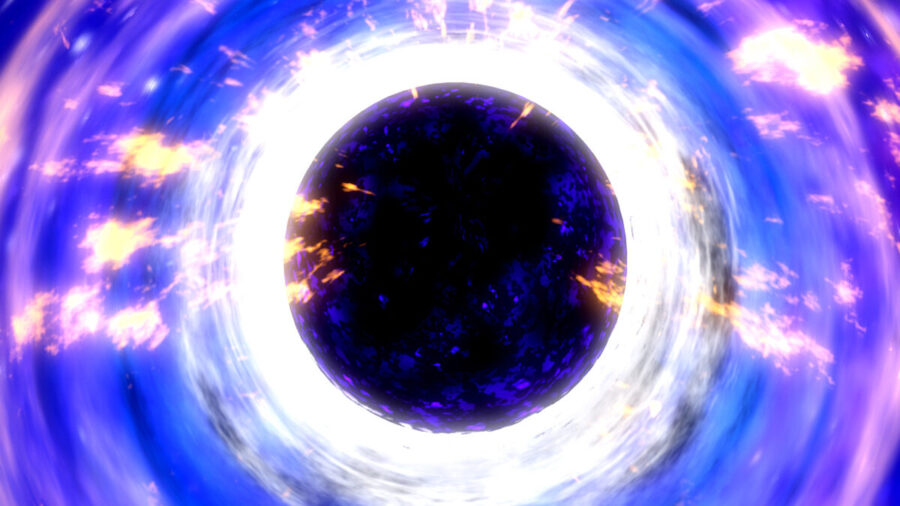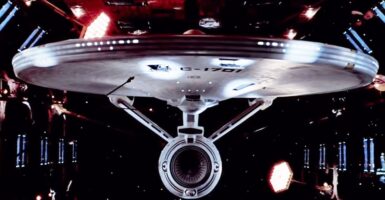Scientists Found A Black Hole So Old It May Have Ties To The Big Bang
An ancient black hole is the oldest object humans have found.

The James Webb Space Telescope is looking back in time, like something straight out of Christopher Nolan‘s 2014 film Interstellar. The telescope recently uncovered a black hole, which NASA scientists are calling the oldest in the known universe. According to Live Science, the black hole may date back to the Big Bang itself, and contains a mass 10 million times heavier than that of our sun.
Due to its ability to probe so deep into the reaches of space, the James Webb is capable of peering into the past, as a result of the way that light travels. Light moves through space at a fixed speed, meaning the further into the distance of space a telescope can view, the further back in time it goes. This mind-boggling technology allows scientists to look past hordes of planets and stars to see distant black holes as they appeared millions of years in the past.
If this concept is hard to wrap your head around, think of it like watching a Twitch live stream with a five-minute delay. The longer it takes for your chat post to populate on the screen, the further into the past you’re viewing the streamer themselves. Though technology can be a lot to take in, scientists believe that studying the black hole could uncover even more technological advancements, allowing us to unlock hidden secrets of the known universe.
According to NASA estimations, the universe is roughly 13.7 billion years old, with an estimated 200 million-year margin of error. The black hole in question was seen at the center of a galaxy roughly 570 million years after the universe began, making it the oldest known image ever witnessed by mankind. Astrophysicists believe that images like these are just the beginning, with new technology probing the deepest reaches of space for even older galaxies every day.

One such astrophysicist, Rebecca Larson, sat down with Live Science to discuss the likelihood of discovering even older black holes in the near future. Larson, a Ph.D. candidate at the University of Texas at Austin, led the research that uncovered this black hole, which she claims is likely the first of many. Larson and her team uncovered the ancient cosmic monster while using the James Webb Space Telescope to research for the Cosmic Evolution Early Release Science survey, commonly known as the CEERS.
Obviously, if Larson and her team are uncovering major scientific breakthroughs such as this enormous black hole, their research is going well. With our scientific community constantly growing closer to making our Futurama-style sci-fi dreams a reality, we’re inching closer and closer to unlocking the secrets of the known universe. We may soon learn the origins of life on Earth and if there is intelligent life on other planets, perhaps even creatures who evolved from the same microbes that led to life on our planet.
For now, all we can do is wait and see what discoveries are uncovered next. The good news about distant black holes in the far reaches of space is that they present no immediate pressing issues, even if they have been caught moving between galaxies meaning our shared collective fear of being evaporated by the crushing pressure of a nearby supernova can be held at bay for another day.












